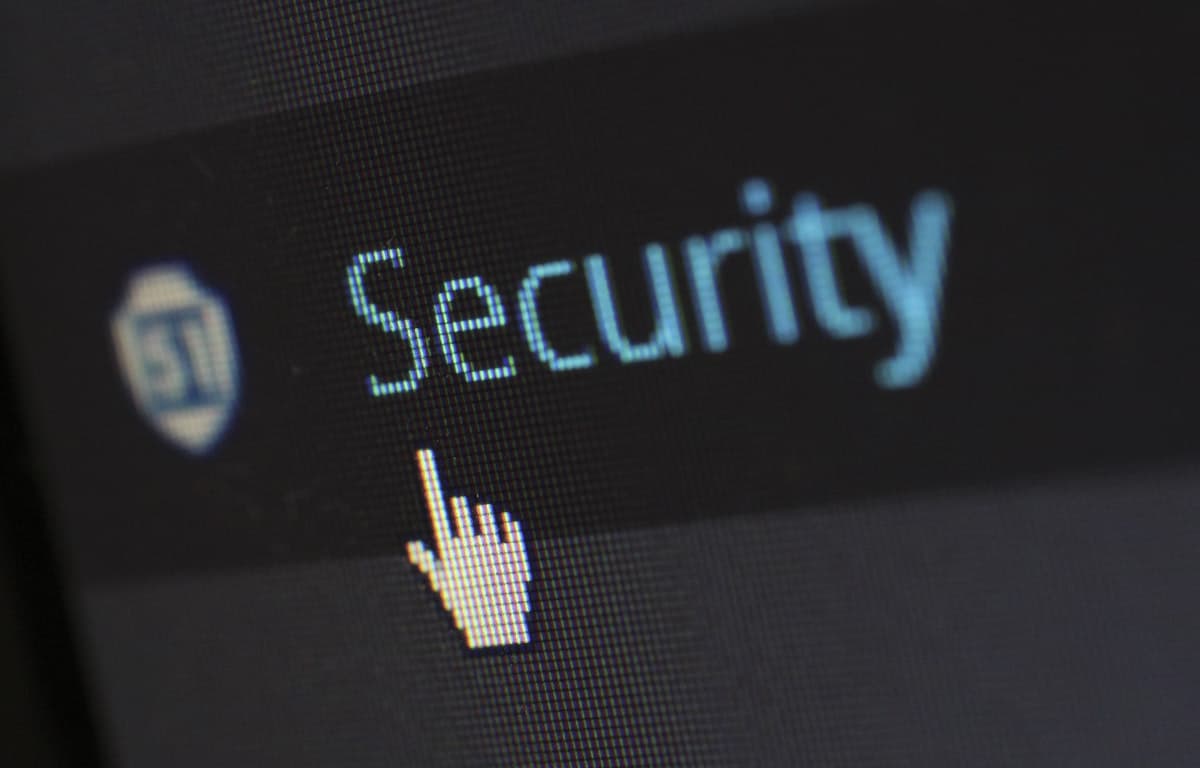
Cyber security is immensely important in our ever more networked world. We rely upon the security of computer networks for everything from banking to personal identity. Cyberattacks have bought energy systems, healthcare providers, and banks to a standstill over the last few years. Here are four of the most important cybersecurity considerations for businesses and nonprofit organizations.
Table of Contents
Good training is a crucial part of any cyber security plan. Knowledge gaps in organizations can lead to huge vulnerabilities. There are plenty of free resources online designed to help companies bring their staff up to speed regarding cybersecurity issues. Common sense and basic knowledge of security protocols should be enough to keep an organization safe from cyberattacks most of the time. A lack of refresher training and the growth of complacency can lead to terrible mistakes. When the Democratic Party was hacked before the 2016 US presidential election, it was through a simple phishing attack. If staff members had been regularly trained to detect these attacks, then it is likely that the scandal would not have unfolded as it did.
Encryption is the process of making data unreadable by outside parties that do not have access to a decryption key. In the modern networked environment, encryption is more important than ever. Data can be intercepted on its way to and from remote servers. If this data is not end-to-end encrypted, then it is extremely vulnerable to a successful interception by a malicious actor.
Secure authentication is a very important part of any cyber security plan. Stopping the wrong people from accessing sensitive data involves the creation of an airtight authentication process. Most modern cybersecurity experts recommend a robust multi-factor authentication process. This essentially means that authorized staff members have to provide more than one form of proof that they are who they say they are. A combination of passwords, biometric data, and phone confirmation is relatively secure.
Malware – or malicious software – can take many forms. Here are three of the most dangerous:
Ransomware encrypts data and offers a decryption code to owners that can cough up a ransom. Probably the most famous recent example of ransomware is WannaCry, a powerful and widespread malware program that emanated from agents associated with the government of the Democratic People’s Republic of Korea (North Korea).
Keylogging malware tracks the keystrokes entered by an unaware party. This allows hackers or government agencies to decipher passwords and decryption keys that protect sensitive information.
Just like their slithering namesake, computer worms can prove to be a parasitic nuisance. Worms enter a network using a trojan attack or phishing attack. Once within a network, a worm can delete files, corrupt data, or insert keylogging software.
Protecting a network against malware is essential. Malware detection software is a standard part of any cybersecurity operation – but it cannot work alone. A combination of good training, strict protocols, and sensible data security are necessary in order to prevent a malware attack.
One of the most interesting parts about signing up for an online casino is the…
Nestled in the heart of Southeast Asia lies the Philippines, a vibrant archipelago renowned for…
You've put together a business plan, found the ideal space for your venture, and already…
A business card is an essential part of your business growth and marketing materials. It…
The days are gone when you need to wait for days or weeks to watch…